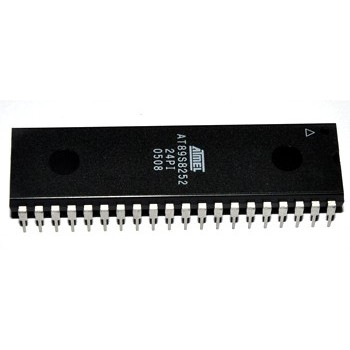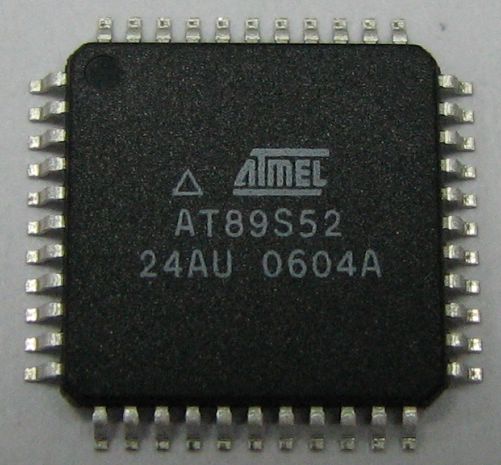Reverse ATMEL Locked AT89S8252 MCU Program
Reverse ATMEL Locked AT89S8252 MCU Program needs to crack protective fuse bit of at89s8252 microcontroller and copy embedded heximal data from at89s8252 mcu chip flash memory;

The DSP engine, dual 40-bit accumulators, hardware support for division operations, barrel shifter, 17 x 17 multiplier, a large array of 16-bit working registers and a wide variety of data addressing modes, together provide the AT89S8252 Central Processing Unit (CPU) with extensive mathematical processing capability.
Flexible and deterministic interrupt handling, coupled with a powerful array of peripherals, renders the AT89S8252 devices suitable in the layer contrl for pcb card assemble cloning. Further, Direct Memory Access (DMA) enables overhead-free transfer of data between several peripherals and a dedicated DMA RAM. Reliable, field programmable Flash program memory ensures scalability of applications that use AT89S8252 devices.

Figure 1-1 illustrates a general block diagram of the various core and peripheral modules in the AT89S8252 family of devices. Table 1-1 provides the functions of the various pins illustrated in the pinout diagrams.
Getting started with the AT89S8252 MCU family of 16-bit Digital Signal Controllers (DSCs) requires attention to a minimal set of device pin connections before proceeding with development. The following is a list of pin names, which must always be connected:

